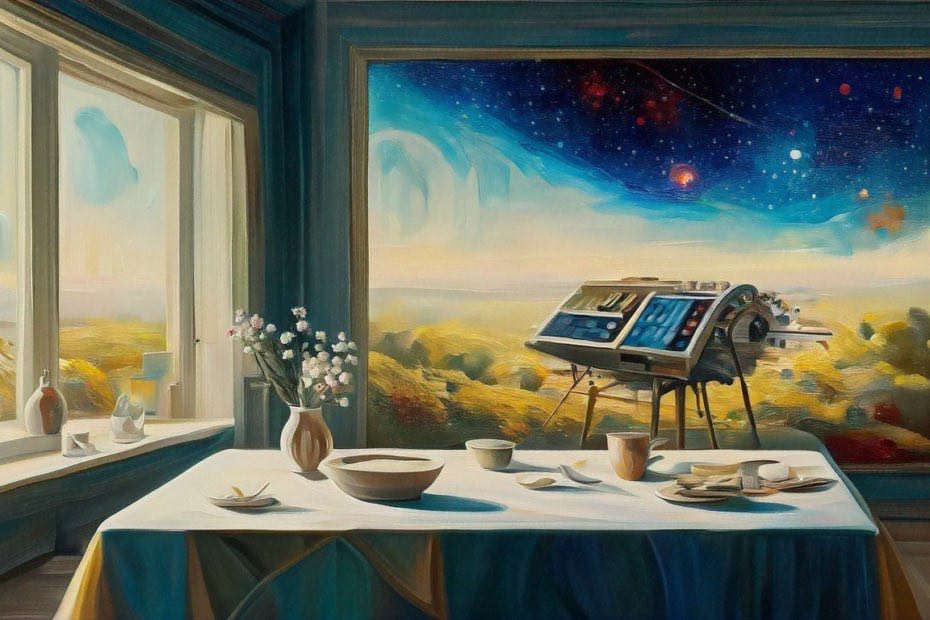1. Start with Digital Mood Boards
A mood board is an excellent way to gather design ideas and develop a cohesive theme for your home. Platforms like Pinterest and Canva allow you to curate images of furniture, color palettes, textures, and layouts, helping you refine your vision.
•Pro Tip: Focus on a specific style (e.g., minimalist, rustic, or eclectic) and choose images that align with your vision. This will help you identify patterns and create a unified look.
2. Visualize Designs with 3D Rendering Tools
Gone are the days of relying solely on imagination to plan a space. With 3D rendering tools like SketchUp or RoomSketcher, you can create photorealistic visuals of your home design. These tools allow you to experiment with furniture placement, lighting, and color schemes before committing to changes.
•Why It’s Useful: Seeing your design in a virtual space ensures better decision-making and minimizes costly errors during renovations.
3. Utilize Augmented Reality (AR)
AR tools like IKEA Place and Houzz let you visualize how furniture and decor will look in your actual space. Simply use your smartphone camera to see how a couch, table, or artwork fits into your room.
•The Benefit: You can experiment with different items and styles in real time, ensuring they match your existing decor and layout.
4. Incorporate High-Quality Photography
Beautiful imagery can serve as a source of inspiration and a guide for your project. Browse professional home design websites or magazines for high-quality photos of interiors that resonate with your style.
•Where to Look: Websites like Architectural Digest, Elle Decor, and Dwell offer stunning photography that showcases diverse design styles and trends.
5. Explore Virtual Tours for Ideas
Virtual tours of homes and properties give you an immersive experience of how design elements come together. Platforms like Matterport and real estate websites often feature detailed virtual walkthroughs, offering a wealth of ideas for layouts, materials, and decor.
•Takeaway: These tours can inspire creative solutions for space utilization, lighting, and color combinations.
6. Leverage AI-Powered Design Tools
AI tools like Planner 5D and Decorilla make it easy to generate personalized design ideas based on your preferences. You can experiment with various styles, textures, and layouts, all tailored to your space dimensions and needs.
•Why Try It?: AI tools save time and provide a level of precision that ensures your vision translates seamlessly into reality.
7. Create a Cohesive Style with Color Palettes
Color plays a crucial role in setting the mood of a room. Use tools like Adobe Color or Coolors to generate harmonious color palettes that complement your furniture and decor.
•Design Tip: Choose a base color and two or three complementary shades to maintain balance and sophistication.
8. Showcase Before-and-After Comparisons
One of the most rewarding aspects of home design is seeing the transformation. Documenting before-and-after images of your space not only celebrates your progress but also inspires others.
•Bonus: Sharing your journey on social media can connect you with a community of design enthusiasts who can provide feedback and encouragement.





